Not Vital and his soaring House to Watch Three Volcanoes go to extremes in pursuit of a view
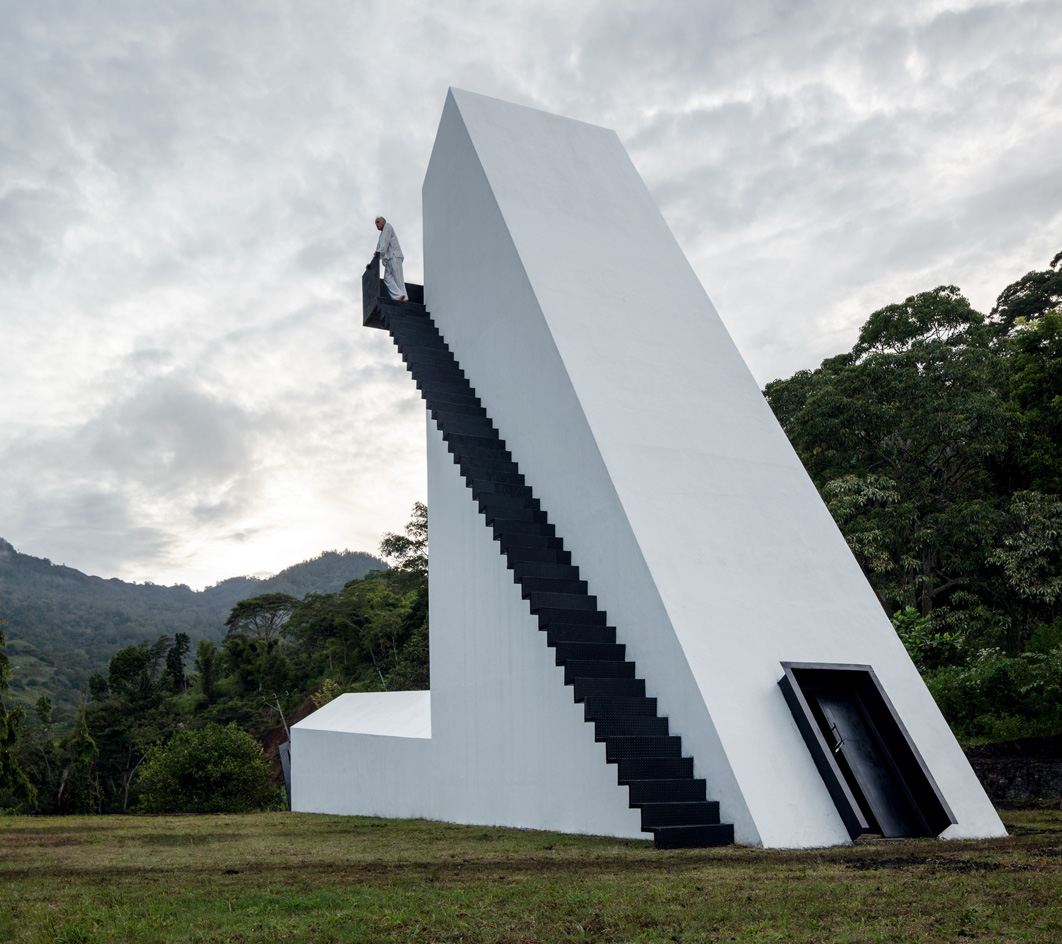
Not Vital is in the habit of stressing that he isn’t an architect. ‘I never went to architecture school,’ he told me the last time we met in Bataan, where he’d just completed a chapel that resembled an Aztec temple but contained a deconstructed rendering of The Last Supper and a statue of a local harvest deity. ‘That’s why I’m so free to do this.’
‘This’ is now a series of buildings scattered around the world in absurdly remote locations – though a more accurate term for his creations might well be follies. These buildings aren’t meant to be inhabited, any more than the Bataan chapel is intended for worship. Instead, they are exercises in fantasy; expensive experiments in imagination funded by Vital’s work as a conceptual artist. They are spaces to wander through; and opportunities to revel in the sheer escapist joy that surely must seize the Swiss artist during his creative process.
Vital has coined his own term to describe what he does: ‘Scarch’. A portmanteau of ‘sculpture’ and ‘architecture’, it reflects his world view that architects, in recent times especially, have incorporated sculptural elements into their works. He doesn’t name names, but it won’t be much of a stretch to imagine Zaha Hadid and Frank Gehry in the mix. ‘But for sculpture to reach into the field of architecture, now that’s a rare reversal,’ he says.
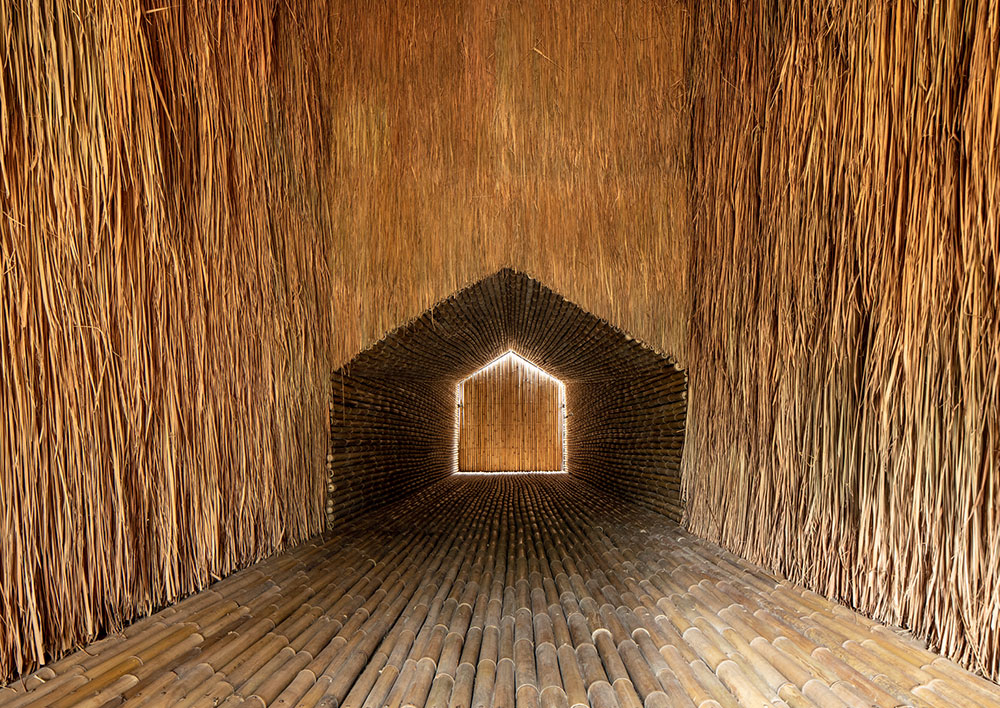
The cocoon-like interior of House to Watch Three Volcanoes, which is lined with local bamboo and straw.
House to Watch Three Volcanoes – a work almost completed in 2017 that Vital is still tinkering with – is arguably the most complete expression of his hybrid practice. As with his Sunset House and Moon House in Agadez, the Bataan chapel, and another Scarch house that’s in the works in Ulaanbaatar, it’s a schlep to get here: the logistics include a flight from Bali to Flores’ main terminus of Labuan Bajo, a connection south to Ende, and a further two-and-a-half-hour drive from the airport to the tiny village of Moni along winding roads through a scenic mountainous countryside swathed with candlenut and cashew trees, rice fields, volcanic hot springs and bamboo forests.
The reward for this effort is an astonishing piece of art that, were it not for its remote location, would be a major tourist draw. An arrow-straight stepped path leads up from the road below, past a traditional Moni house, its symmetrical proportions wrapped in timber and a straw thatched roof, which turns out to be Vital’s private home when he visits.
When you reach the top of the hillock, House to Watch Three Volcanoes thrusts itself out of the ground like a towering black-and-white equation of straight lines and sharp angles. Rising 13m and stretching 23m, the design is confounding. From one angle, it looks like one of the Jantar Mantar observatories in Jaipur. From another, there are hints of a modernist cathedral, something you’d imagine Alvar Aalto to have dreamt up.
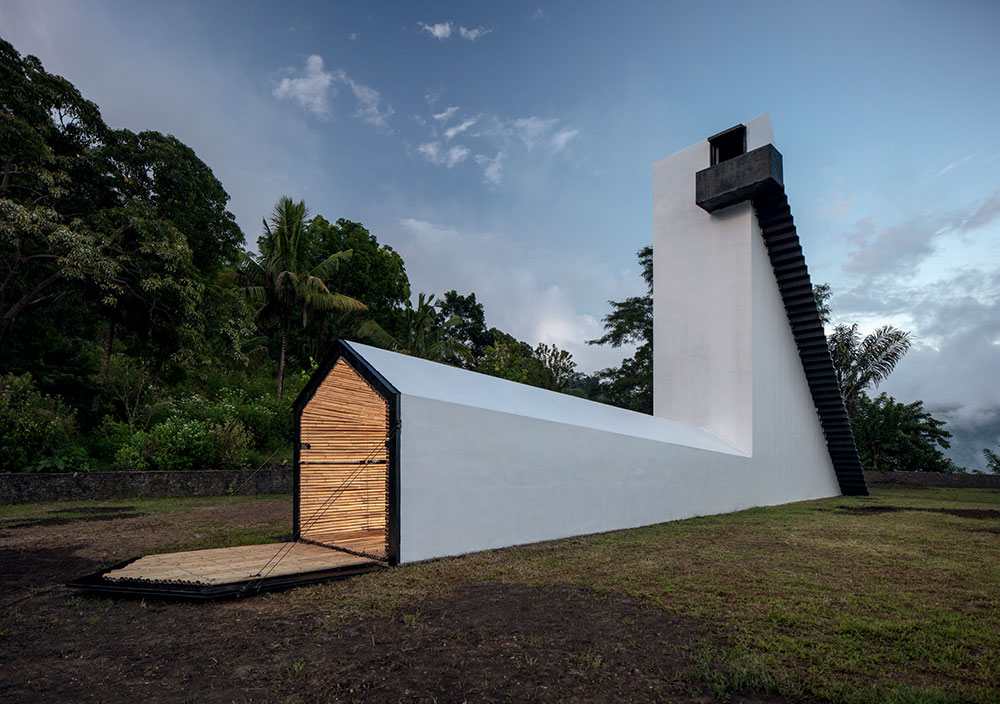
A drawbridge-style door opens up the interior, also accessed through a small door off the balcony and a descent via a second, internal, stairway.
A narrow flight of 39 black steel steps clings to the side of the meringue-white building. There is no handrail, which Vital says is intentional. ‘The climb up should be an act of tension.’ At the top is a small, west-facing Juliet balcony that looks out towards Kelimutu volcano, with three rainbow-hued crater lakes believed by locals to be the final resting place of souls. The platform is tiny, barely large enough for an adult, who must then turn around and go back down the exterior staircase, or pass through a small doorway, and climb down an equally precipitous flight of rail-less steps.
The interior perspective is equally startling. After the balcony’s panorama of the green fields, lush treeline and distant volcano, the sensation becomes one of descending into a cocoon, one where Vital has literally turned inside-out the archetype of the Moni house by lining the inside of the building’s long trunk and tower with local bamboo and straw.
There’s not much else to the house, yet one lingers, if for no other reason than to keep gazing up into the dun-hued rafters, and to let fingers trail along the ridges of the bamboo. The experience is unexpectedly introspective, something Vital says springs from a Nietzsche quote: ‘Since I grew tired of the chase and search, I learned to find.’
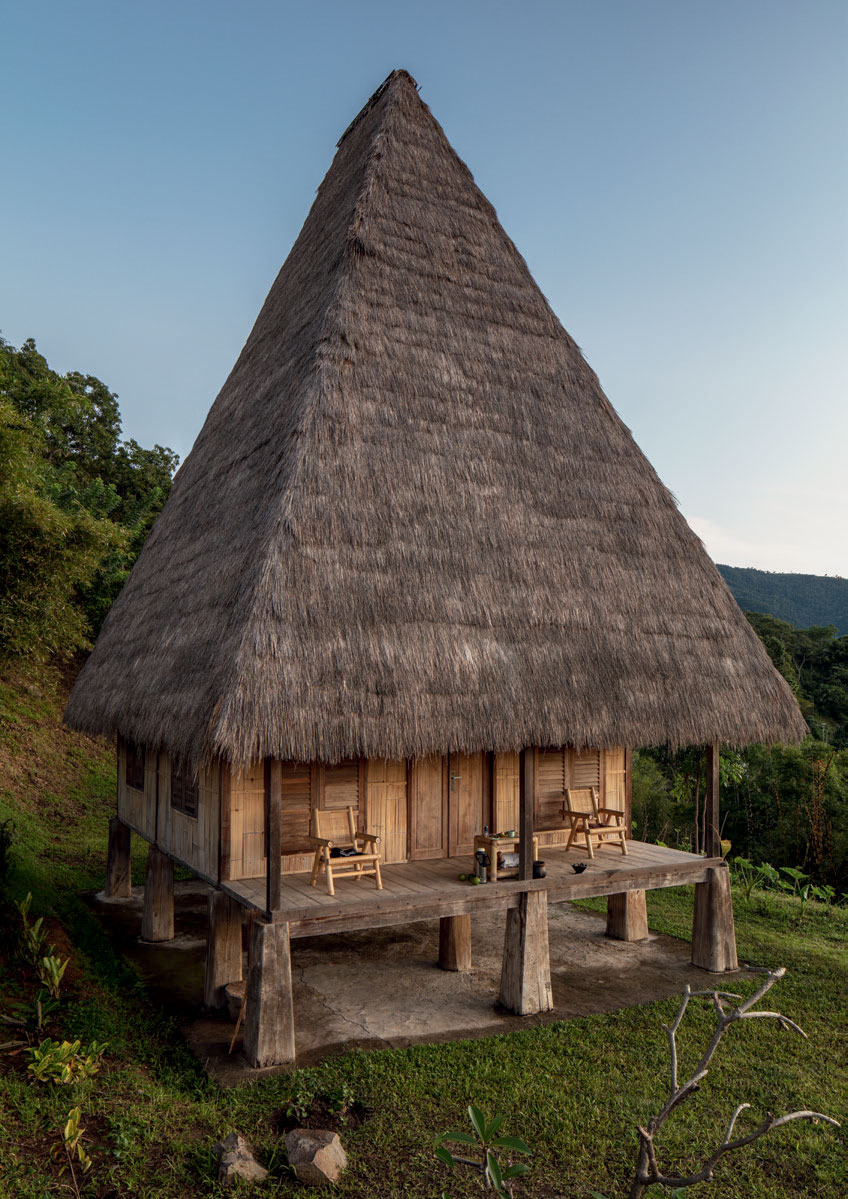
Vital’s timber, thatched Moni house, nearby, which he uses when he visits.
On every front, Vital is still finding new ways to intrigue and challenge, even if his audience for these works, because of their locations, is small. For House to Watch Three Volcanoes, he regrets the exterior is so white. ‘Do you know Gordon Matta-Clark’s Splitting house?’ he asks, referring to the abandoned house the American artist sawed in half prior to its demolition. ‘I wanted the village women to come and chew their betel nuts and spit the juice onto the façade of the building, so it would be full of red stains. I thought of calling it Spitting House, as a pun!’
That never happened, but the prototype – a piece of white canvas enthusiastically splattered with the crimson efforts of the village women – now sits inside the house. It’s the sole decorative piece, looking for all the world like something Jackson Pollock might have done if he’d one day run out of every paint colour except red.
Vital shrugs as he recounts the story. Although he’s in the midst of additional landscaping and installing a lap pool in a terrace below House to Watch Three Volcanoes, his restless mind is elsewhere. He’s currently building another Scarch project, this time in aluminium and which he hopes to show at next year’s Venice Biennale, inside the San Giorgio Maggiore church. After that, it will be shipped to Tonga and installed on an island Vital bought there. Also in the works is a monograph of his Scarch projects, co-published by Hauser & Wirth and Scheidegger & Spiess, its release to coincide with a retrospective exhibition in January in Somerset.
‘Why do I keep building these buildings?’ Vital says. ‘I don’t know. It all started in Africa where the sunsets are so short and intense and I wanted to build something to watch them from. And then I kept going. It’s the kind of thing an architect would never do.’ §
As originally featured in the October 2019 issue of Wallpaper* (W*247)
INFORMATION
Wallpaper* Newsletter
Receive our daily digest of inspiration, escapism and design stories from around the world direct to your inbox.
Daven Wu is the Singapore Editor at Wallpaper*. A former corporate lawyer, he has been covering Singapore and the neighbouring South-East Asian region since 1999, writing extensively about architecture, design, and travel for both the magazine and website. He is also the City Editor for the Phaidon Wallpaper* City Guide to Singapore.
-
 Put these emerging artists on your radar
Put these emerging artists on your radarThis crop of six new talents is poised to shake up the art world. Get to know them now
By Tianna Williams
-
 Dining at Pyrá feels like a Mediterranean kiss on both cheeks
Dining at Pyrá feels like a Mediterranean kiss on both cheeksDesigned by House of Dré, this Lonsdale Road addition dishes up an enticing fusion of Greek and Spanish cooking
By Sofia de la Cruz
-
 Creased, crumpled: S/S 2025 menswear is about clothes that have ‘lived a life’
Creased, crumpled: S/S 2025 menswear is about clothes that have ‘lived a life’The S/S 2025 menswear collections see designers embrace the creased and the crumpled, conjuring a mood of laidback languor that ran through the season – captured here by photographer Steve Harnacke and stylist Nicola Neri for Wallpaper*
By Jack Moss
-
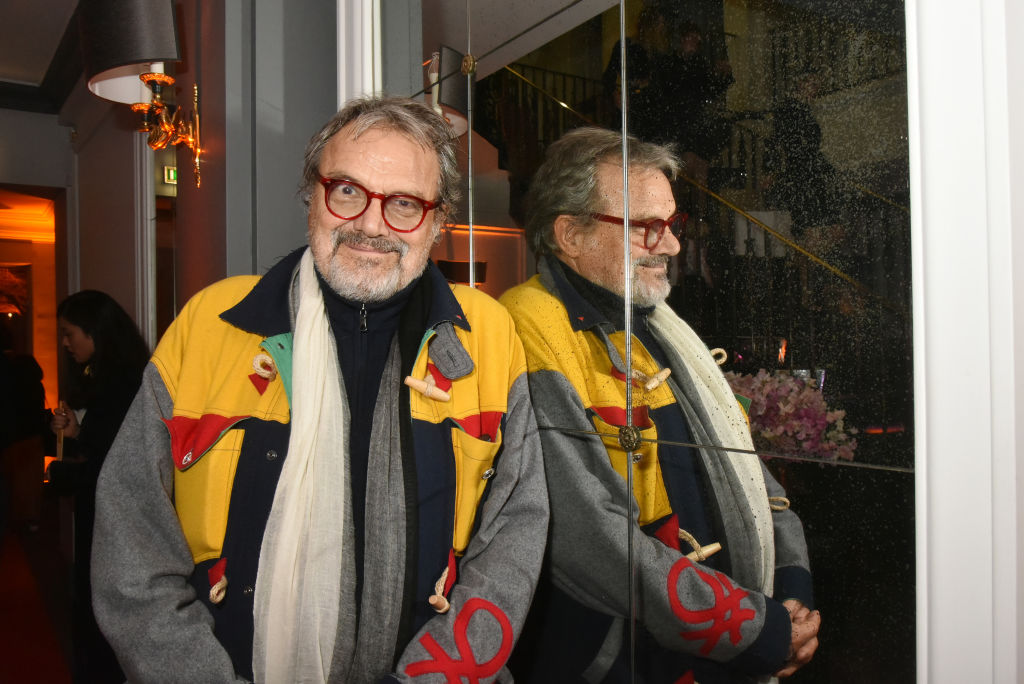 Remembering Oliviero Toscani, fashion photographer and author of provocative Benetton campaigns
Remembering Oliviero Toscani, fashion photographer and author of provocative Benetton campaignsBest known for the controversial adverts he shot for the Italian fashion brand, former art director Oliviero Toscani has died, aged 82
By Anna Solomon
-
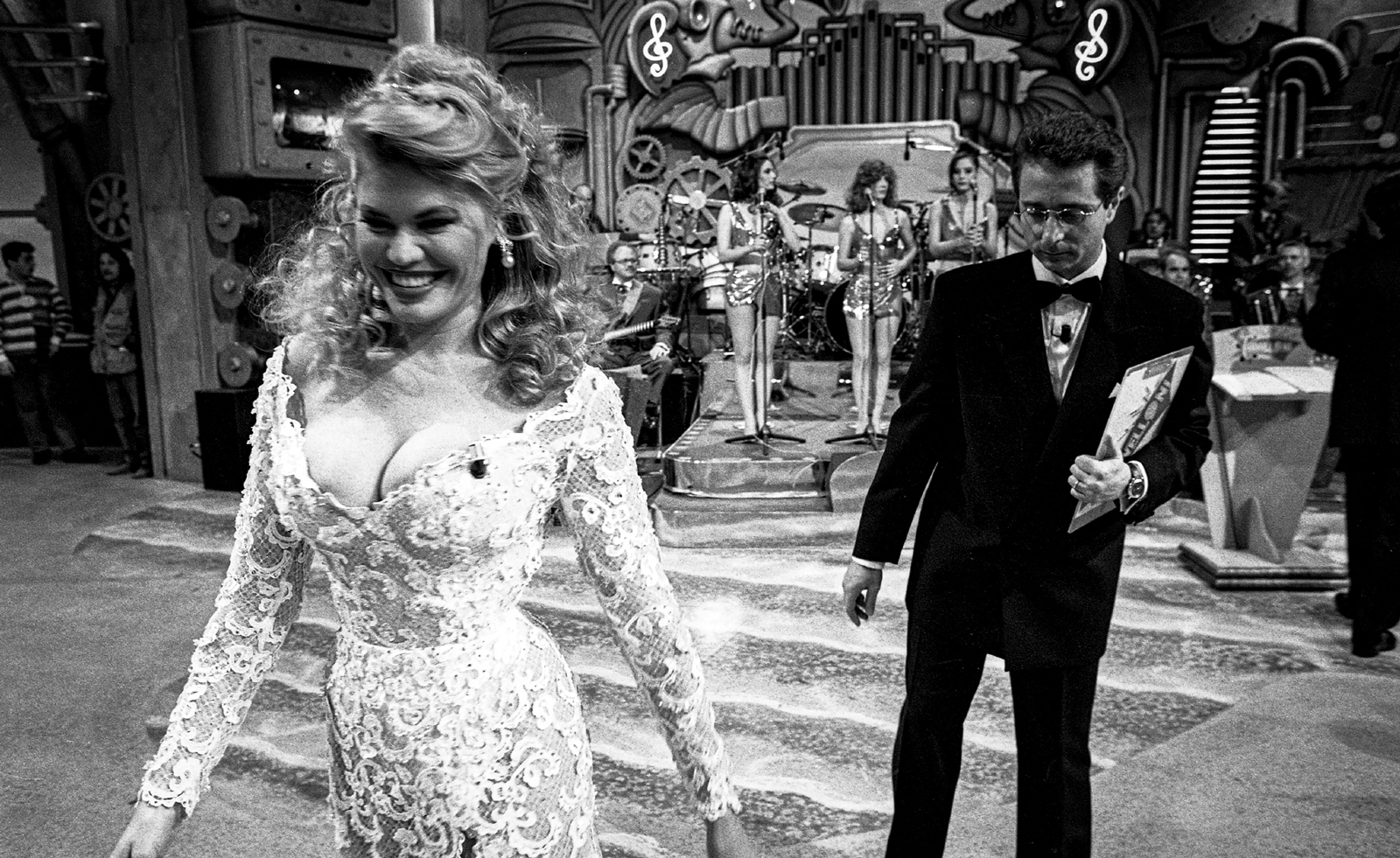 Distracting decadence: how Silvio Berlusconi’s legacy shaped Italian TV
Distracting decadence: how Silvio Berlusconi’s legacy shaped Italian TVStefano De Luigi's monograph Televisiva examines how Berlusconi’s empire reshaped Italian TV, and subsequently infiltrated the premiership
By Zoe Whitfield
-
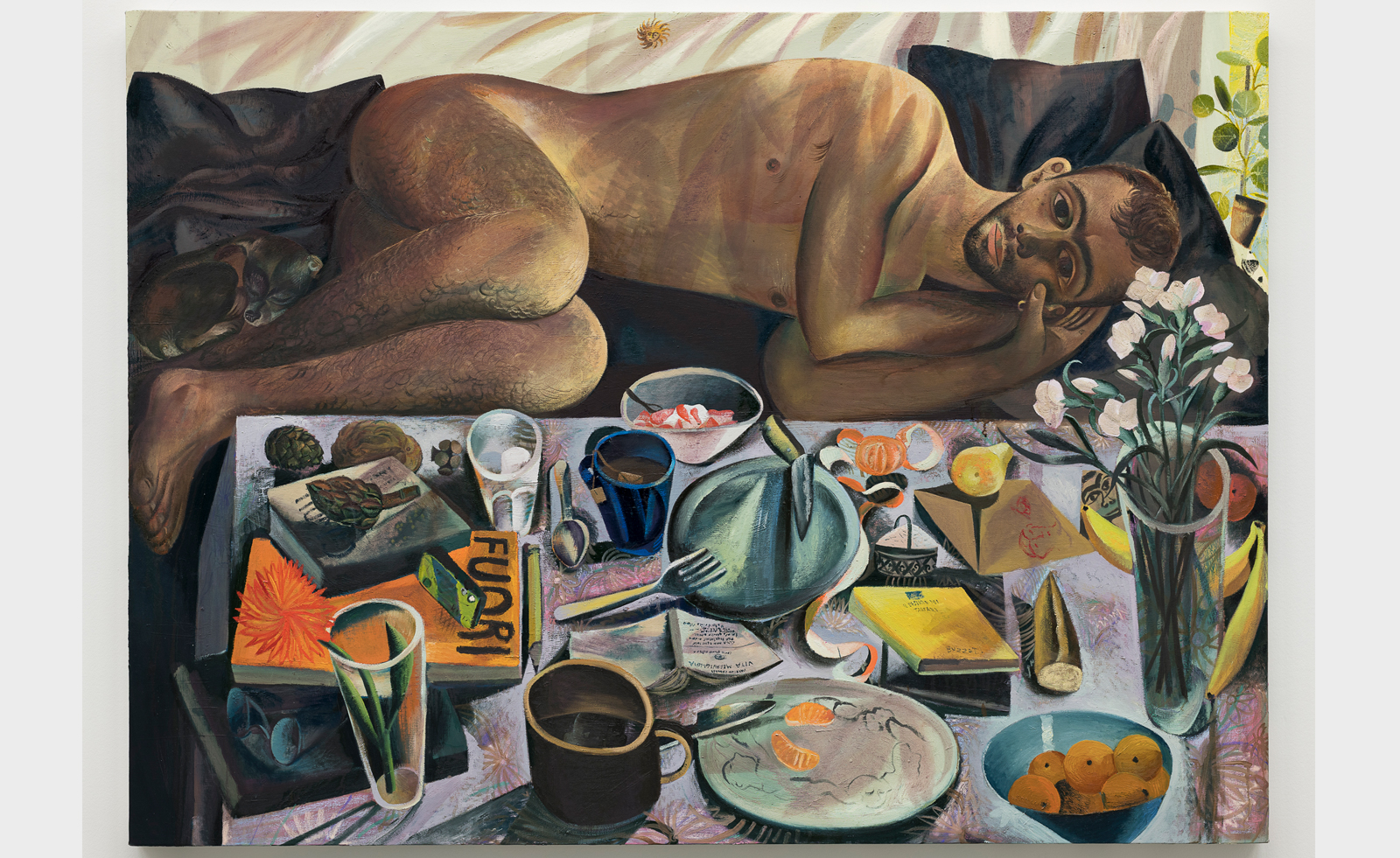 Louis Fratino leans into queer cultural history in Italy
Louis Fratino leans into queer cultural history in ItalyLouis Fratino’s 'Satura', on view at the Centro Pecci in Italy, engages with queer history, Italian landscapes and the body itself
By Sam Moore
-
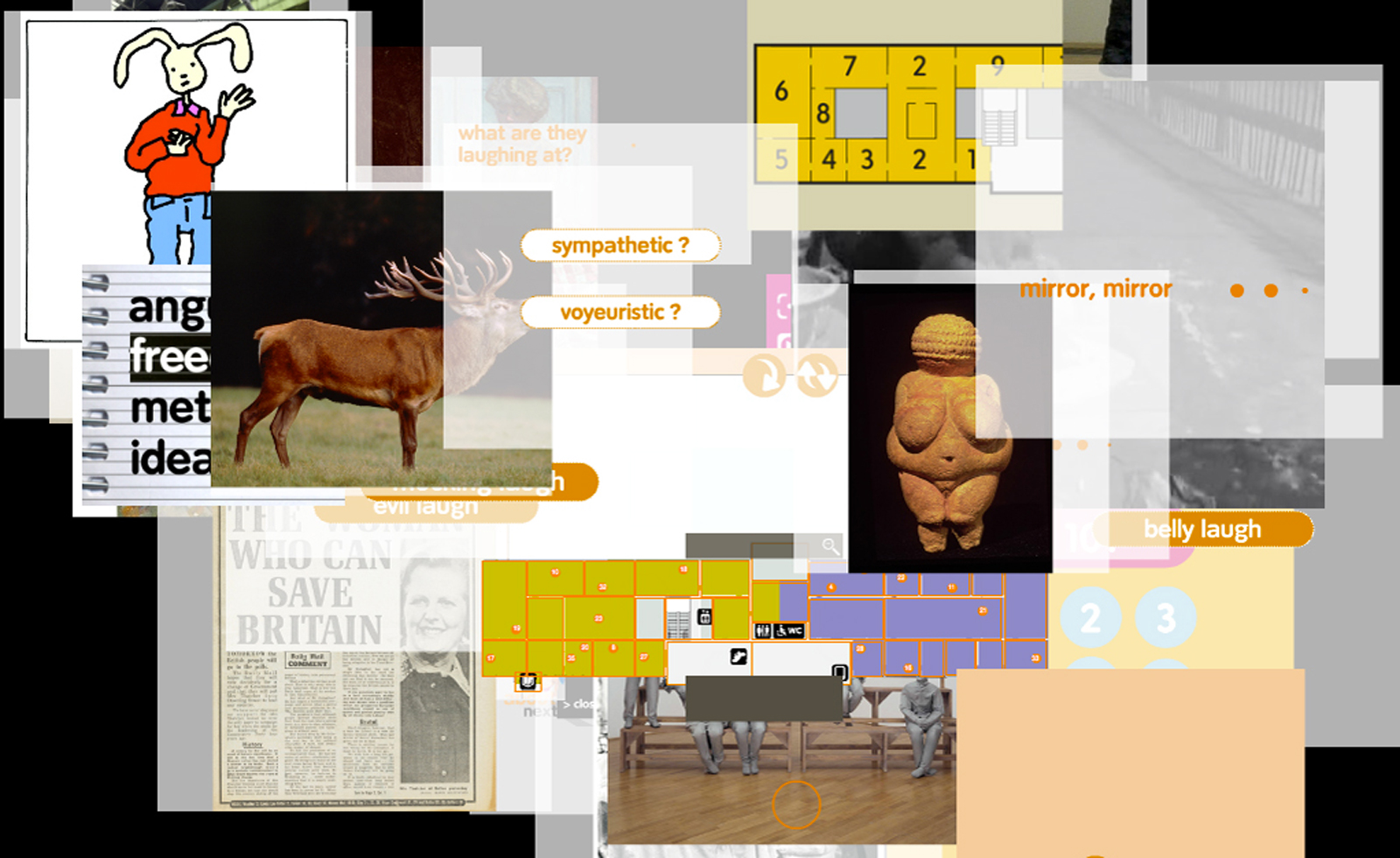 ‘I just don't like eggs!’: Andrea Fraser unpacks the art market
‘I just don't like eggs!’: Andrea Fraser unpacks the art marketArtist Andrea Fraser’s retrospective ‘I just don't like eggs!’ at Fondazione Antonio dalle Nogare, Italy, explores what really makes the art market tick
By Sofia Hallström
-
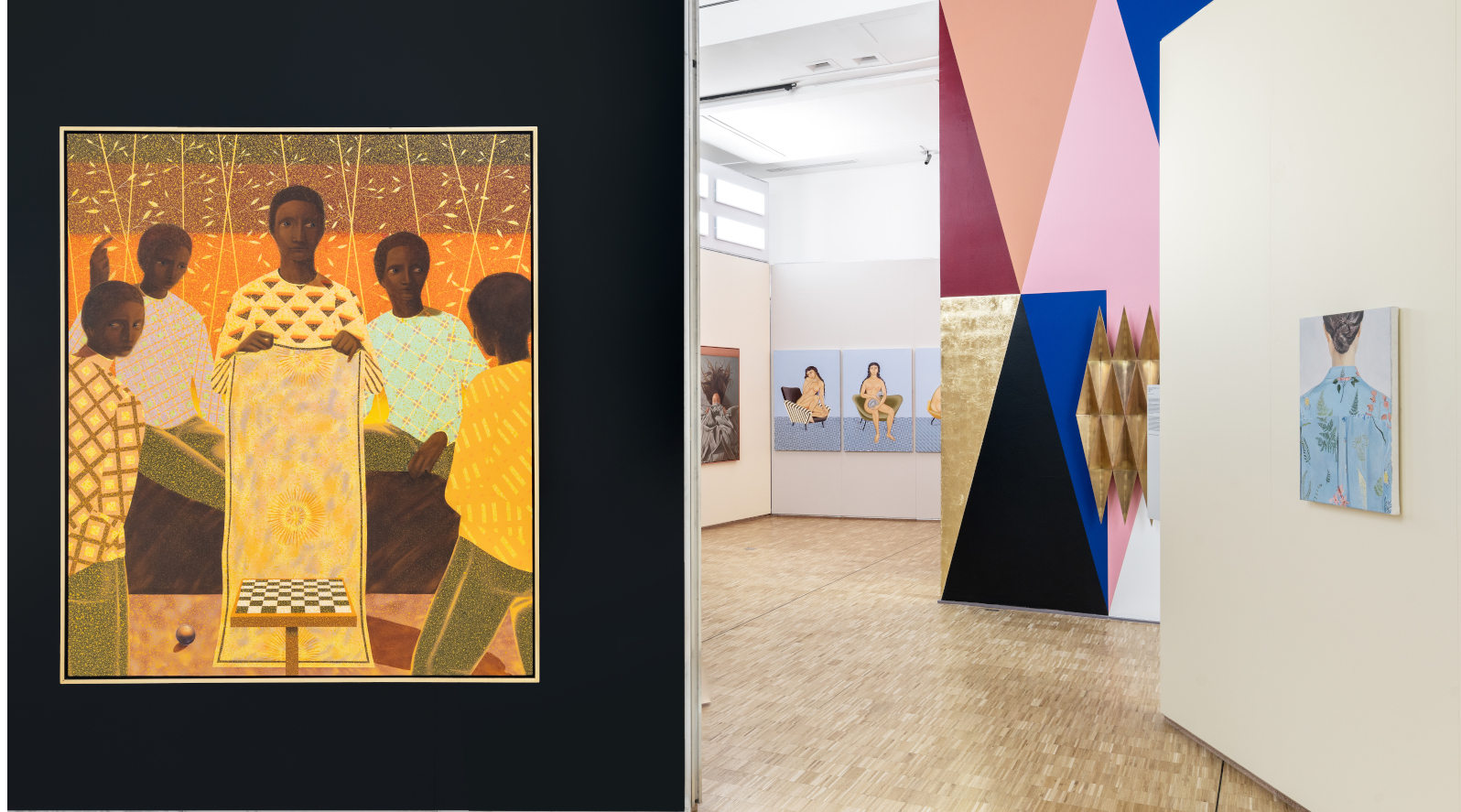 Triennale Milano exhibition spotlights contemporary Italian art
Triennale Milano exhibition spotlights contemporary Italian artThe latest Triennale Milano exhibition, ‘Italian Painting Today’, is a showcase of artworks from the last three years
By Tianna Williams
-
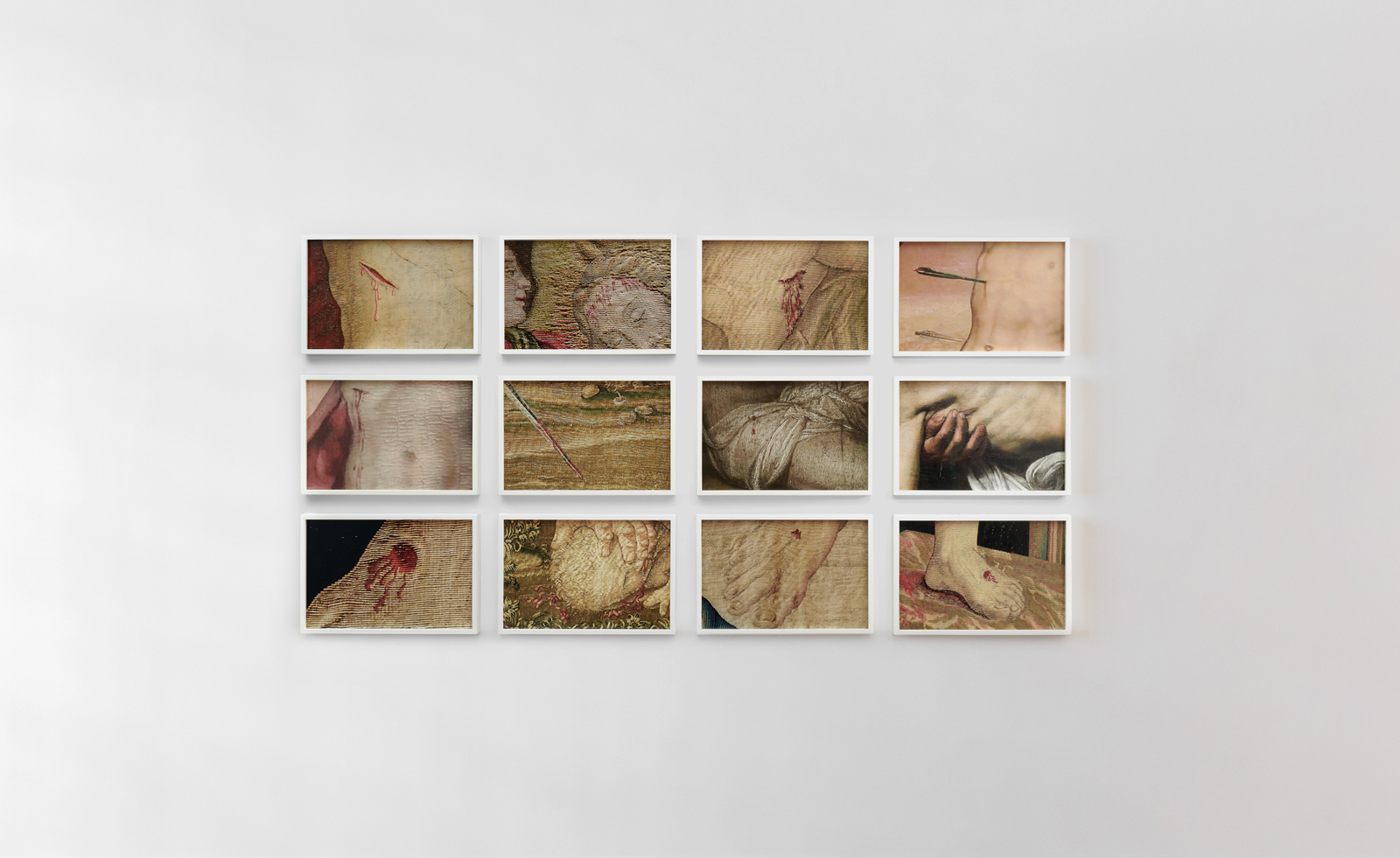 Walls, Windows and Blood: Catherine Opie in Naples
Walls, Windows and Blood: Catherine Opie in NaplesCatherine Opie's new exhibition ‘Walls, Windows and Blood’ is now on view at Thomas Dane Gallery, Naples
By Amah-Rose Abrams
-
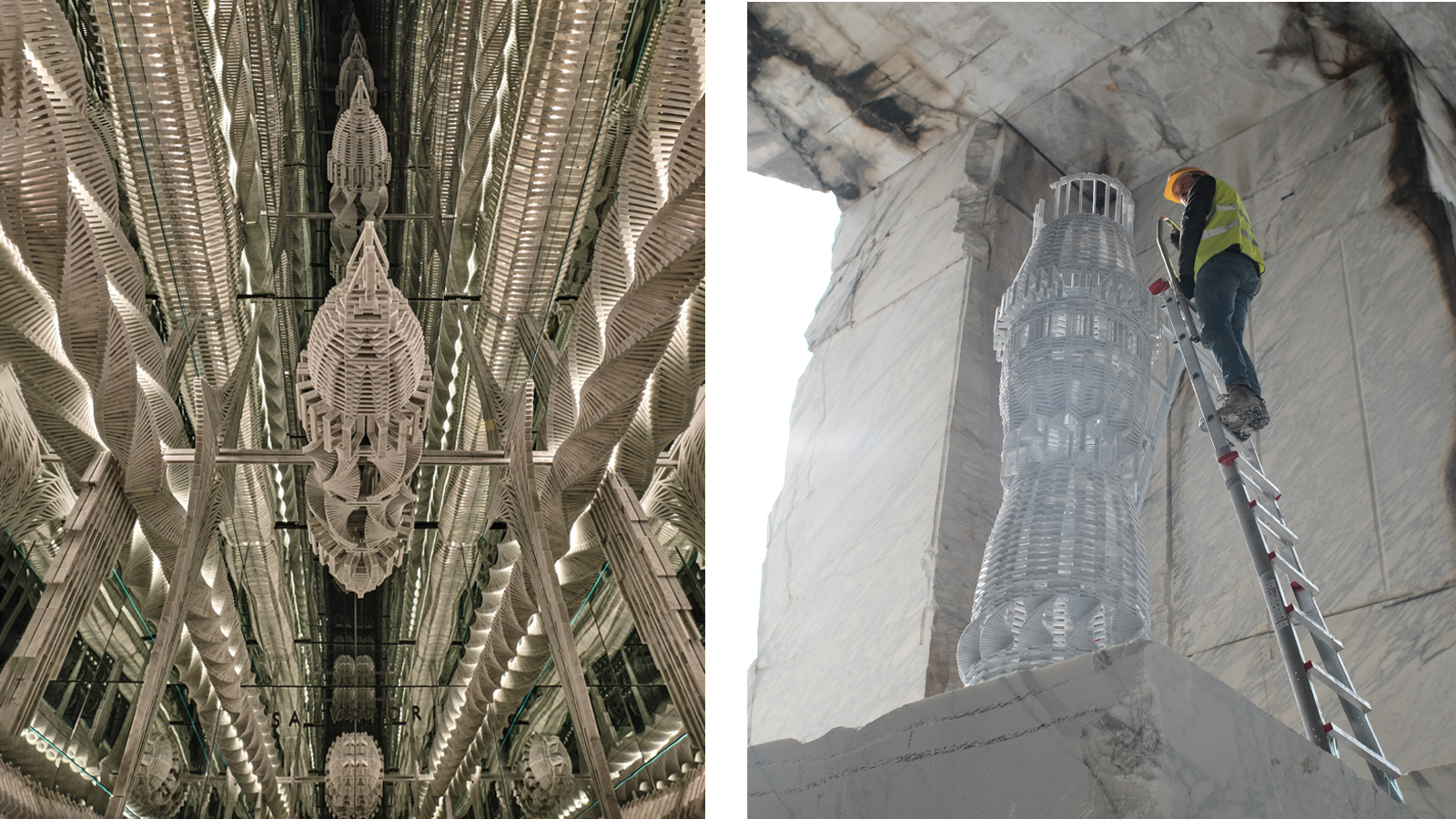 Raffaele Salvoldi stacks hundreds of marble blocks for dazzling Milan installation
Raffaele Salvoldi stacks hundreds of marble blocks for dazzling Milan installationFor a Milan Design Week 2023 installation, Italian artist Raffaele Salvoldi teams up with marble brand Salvatori to create architectural sculptures comprising hundreds of marble blocks
By Harriet Lloyd-Smith
-
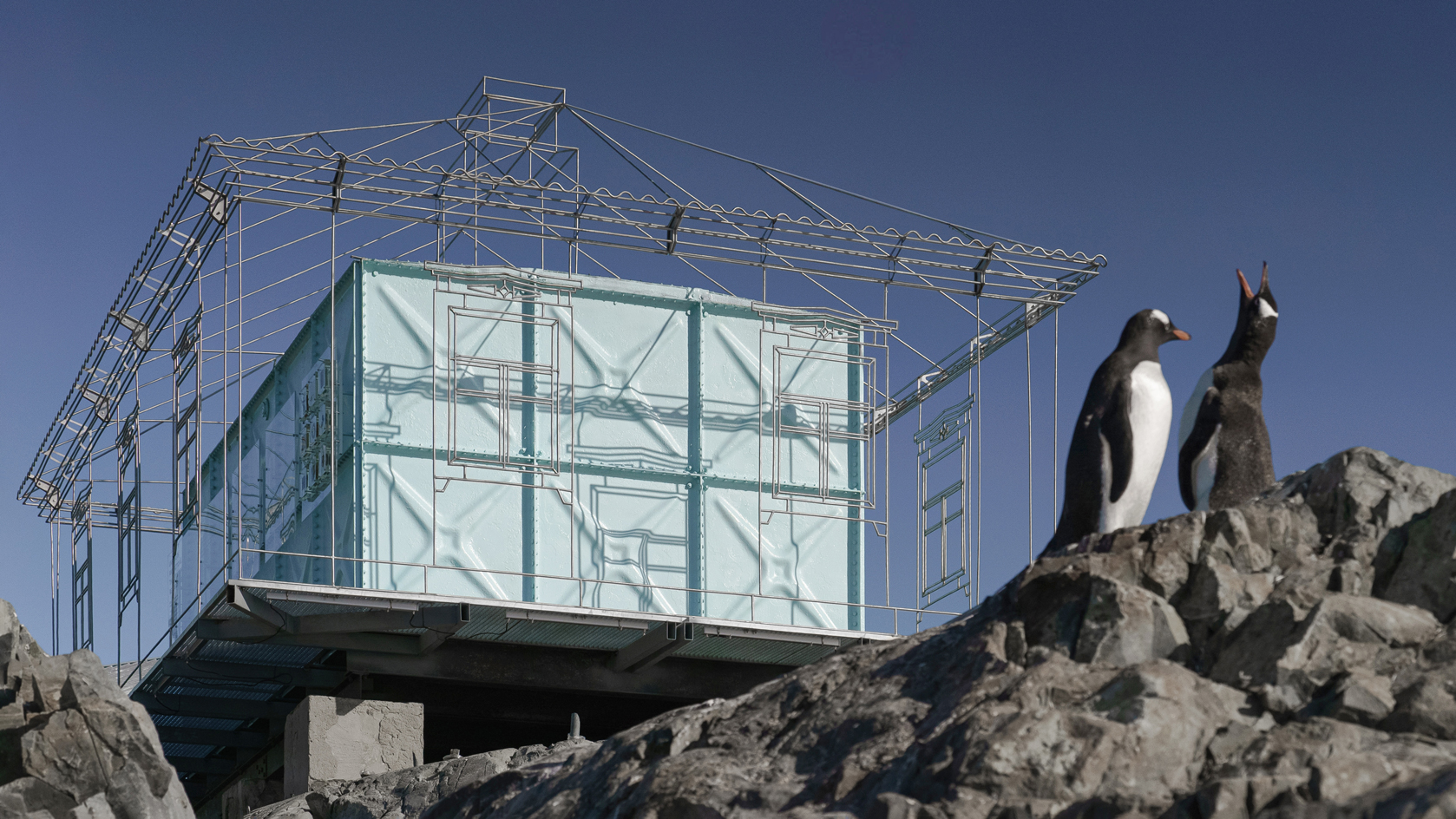 Remote Antarctica research base now houses a striking new art installation
Remote Antarctica research base now houses a striking new art installationIn Antarctica, Kyiv-based architecture studio Balbek Bureau has unveiled ‘Home. Memories’, a poignant art installation at the remote, penguin-inhabited Vernadsky Research Base
By Harriet Lloyd-Smith